Home>diy>Architecture & Design>What Architectural Style Is The Cathedral Of Santiago De Compostela?
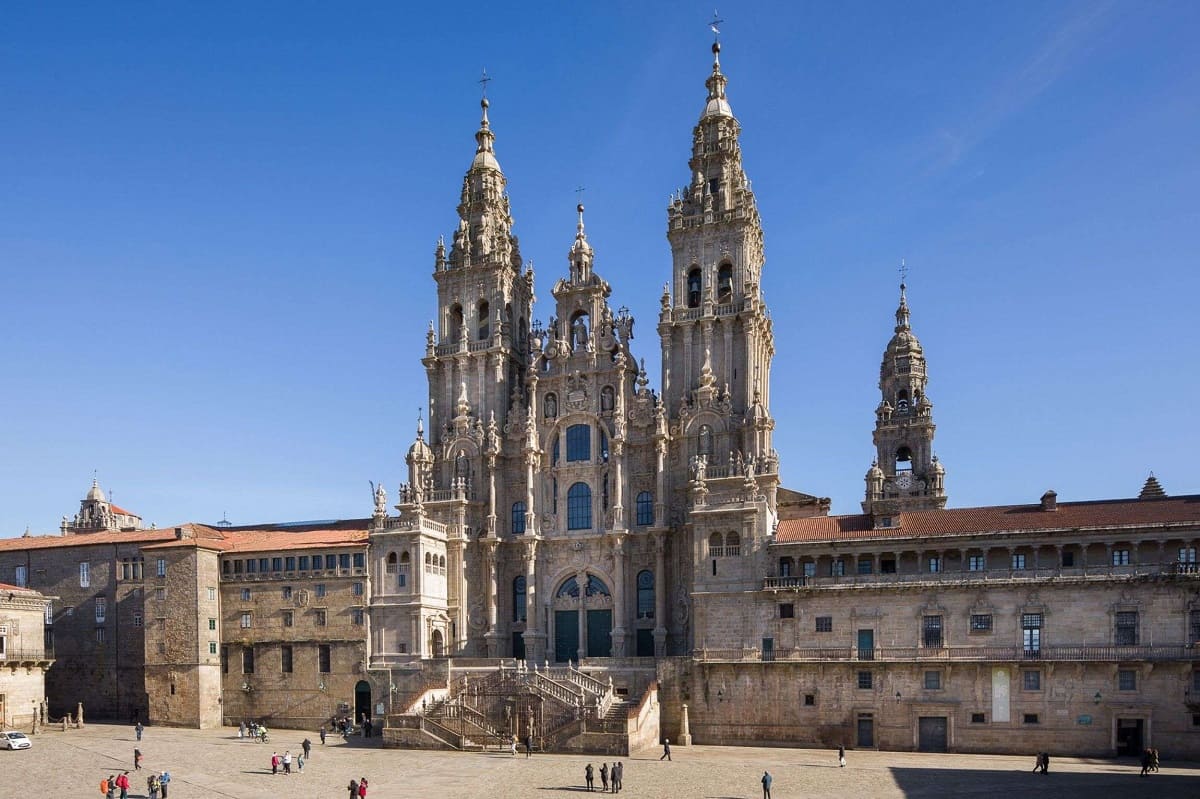

Architecture & Design
What Architectural Style Is The Cathedral Of Santiago De Compostela?
Modified: January 5, 2024
Discover the architectural style of the Cathedral of Santiago de Compostela, a masterpiece that blends medieval Romanesque and Gothic design. Explore the rich history and intricate details of this iconic architectural gem.
(Many of the links in this article redirect to a specific reviewed product. Your purchase of these products through affiliate links helps to generate commission for Storables.com, at no extra cost. Learn more)
Introduction
The Cathedral of Santiago de Compostela, located in the historic town of Santiago de Compostela in Galicia, Spain, is a masterpiece of architecture and a symbol of pilgrimage for Christians around the world. As one of the most important religious sites in the world, the cathedral attracts millions of visitors each year who come to pay their respects at the tomb of Saint James the Great.
The history of Santiago de Compostela dates back to the 9th century when the remains of Saint James were discovered in the area. Since then, it has become a major pilgrimage site and the endpoint of the Way of St. James, a route followed by pilgrims from all over Europe. The cathedral itself is a testament to the rich history and architectural evolution it has undergone over the centuries.
In this article, we will explore the architectural style of the Cathedral of Santiago de Compostela and examine the various influences that have shaped its design. From the Romanesque origins to the Gothic elements and the later Baroque additions, we will delve into the fascinating details of this iconic structure.
Join us as we embark on a journey through time and explore the architectural splendor of the Cathedral of Santiago de Compostela.
Key Takeaways:
- The Cathedral of Santiago de Compostela is a harmonious fusion of Romanesque, Gothic, and Baroque architectural styles, showcasing the enduring power of faith and human creativity over the centuries.
- From the Portico of Glory to the Baroque additions, the cathedral’s architectural evolution reflects the spiritual significance and cultural richness that have drawn pilgrims and admirers alike to this iconic structure.
Historical Background of Santiago de Compostela
Santiago de Compostela has a rich and vibrant history that dates back over a thousand years. The city’s origin can be traced to the discovery of the tomb of Saint James the Great in the 9th century. According to legend, the apostle’s remains were brought to the region by boat after his martyrdom in Jerusalem.
Upon the discovery of the tomb, a small chapel was built, and word quickly spread about the miraculous healing powers associated with the relics of Saint James. As a result, pilgrims from all over Europe began making their way to Santiago de Compostela, following what would later become known as the Way of St. James.
Over time, the small chapel was expanded and eventually transformed into the magnificent Cathedral of Santiago de Compostela that we see today. The city grew in importance as a center of pilgrimage and became a significant spiritual and cultural destination during the Middle Ages.
During the medieval period, Santiago de Compostela witnessed a great influx of pilgrims. Pilgrimage routes were established across Europe, leading travelers to the city. This pilgrimage network not only brought religious fervor to the region but also fostered cultural, economic, and architectural exchange between different countries.
The popularity of the pilgrimage sparked a wave of construction and development in the city. In addition to the cathedral, numerous other religious and secular buildings were built to accommodate the growing number of visitors. The streets of Santiago de Compostela became a melting pot of art, architecture, and culture from all over Europe.
Throughout the years, the city faced various challenges, including wars, fires, and reconstructions, but it managed to preserve its historical significance and architectural heritage. Today, Santiago de Compostela stands as a living testament to its past, attracting not only pilgrims but also history enthusiasts and architecture aficionados from around the world.
Let us now turn our attention to the Cathedral of Santiago de Compostela itself and explore the distinct architectural features that make it a true masterpiece of design.
Overview of the Cathedral of Santiago de Compostela
The Cathedral of Santiago de Compostela is a magnificent structure that stands at the heart of the historic city. It is a remarkable fusion of architectural styles, reflecting the various influences it has experienced over the centuries. The cathedral’s exterior façade is a testament to its grandeur, showcasing intricate carvings, statues, and ornate details that leave visitors in awe.
As you approach the cathedral, you are greeted by the Portico of Glory, an elaborate entrance adorned with sculptures depicting biblical figures and scenes. This breathtaking masterpiece is considered one of the most important works of Romanesque sculpture in Europe. The rich symbolism and exquisite craftsmanship of the Portico of Glory serve as an introduction to the wonders that await inside the cathedral.
Stepping inside, you are immediately struck by the soaring heights of the nave and the vastness of the space. The interior is a harmonious blend of Romanesque and Gothic elements, creating a sense of timelessness and spiritual transcendence. The stunning stained glass windows allow the sunlight to filter through, casting a colorful glow upon the stone walls and adding to the ethereal ambiance.
The main altar, known as the High Altar, is a sight to behold. It is intricately carved and gilded with gold, displaying scenes from the life of Christ and other biblical themes. The altar is flanked by a series of chapels, each telling its own story through exquisite artwork and sculptures.
One of the most revered areas of the cathedral is the crypt, where the tomb of Saint James the Great is believed to rest. Pilgrims from around the world come to pay their respects and seek spiritual solace in this sacred space. The crypt is a beautifully adorned sanctuary that exudes a sense of reverence and devotion.
In addition to the main structure, the cathedral complex also includes the cloister, the Chapter House, and the library. The cloister is a tranquil courtyard adorned with stone arches and a central fountain, providing a serene escape from the bustling city outside. The Chapter House is a place where the clergy would gather for meetings and discussions, decorated with stunning frescoes that depict religious scenes.
The library of the cathedral houses a vast collection of manuscripts, some dating back centuries. It is a treasure trove of knowledge and history, showcasing the intellectual and cultural legacy of Santiago de Compostela.
The Cathedral of Santiago de Compostela is not just a place of worship, but also a testament to human ingenuity and artistic expression. It stands as a symbol of the pilgrimage that has drawn people from all walks of life for centuries, a testament to the enduring power of faith and the human spirit.
In the next sections, we will delve into the specific architectural features of the cathedral and explore the influences that have shaped its design.
Architectural Features of the Cathedral
The Cathedral of Santiago de Compostela is a remarkable architectural marvel that showcases a blend of different styles and influences. Its design has evolved over the centuries, resulting in a harmonious fusion of Romanesque, Gothic, and Baroque elements. Let’s explore some of the key architectural features that make the cathedral a true masterpiece.
One of the most striking features of the cathedral is its towering façade, which is adorned with intricate sculptures and carvings. The Portico of Glory, situated at the main entrance, is a prime example of Romanesque artistry. It features a series of columns, arches, and statues depicting scenes from religious history and mythology. The level of detail and craftsmanship in the Portico of Glory is truly awe-inspiring.
As you enter the cathedral, you are greeted by the vastness of the interior space. The nave stretches high above, supported by a series of hauntingly beautiful ribbed vaults. The Romanesque influence is evident in the sturdy columns and rounded arches, while Gothic elements are seen in the pointed arches and elegant tracery of the stained glass windows.
The chapels that line the sides of the cathedral are exquisite in their design and decoration. Each chapel tells a story through its artwork, sculptures, and altarpieces. From the Chapel of the Relics to the Chapel of Our Lady of the Pillar, these spaces transport visitors to a realm of beauty and spirituality.
The main altar, known as the High Altar, is a masterpiece of Baroque design. It is adorned with intricate gilding, statues, and reliefs. The altar displays scenes from the life of Christ and is a focal point of devotion and reverence within the cathedral.
Another fascinating feature of the cathedral is the Botafumeiro, a large incense burner that is swung from the ceiling during special ceremonies. This colossal censer weighs around 80 kilograms and is an awe-inspiring sight as it soars through the air, filling the nave with fragrant smoke.
The exterior of the cathedral also boasts impressive architectural elements. The Pórtico Real, located on the southern side, features a grand staircase and a magnificent entrance gate. The Obradoiro façade, facing the Praza do Obradoiro, is a masterpiece of Spanish Baroque architecture, with its ornate sculptures and imposing presence.
Overall, the Cathedral of Santiago de Compostela is a testament to the skill and creativity of the countless architects, sculptors, and craftsmen who have contributed to its construction and adornment over the centuries. It is a living work of art that continues to inspire and captivate visitors from around the world.
Next, we will explore the influence of the Romanesque style in the design of the Cathedral of Santiago de Compostela.
The Cathedral of Santiago de Compostela is primarily Romanesque in style, with later additions in Gothic and Baroque styles.
Romanesque Influence in the Cathedral’s Architecture
The Romanesque architectural style had a significant influence on the design and construction of the Cathedral of Santiago de Compostela. This style, prevalent from the 11th to the 13th centuries, is characterized by its robustness, solid construction, and emphasis on symmetry and order.
One of the notable Romanesque features of the cathedral is its sturdy stone construction. The walls are built using thick stones, providing a sense of solidity and endurance. This architectural choice was made to withstand the test of time and reinforce the spiritual significance of the building.
The rounded arches are another distinctive Romanesque feature seen throughout the cathedral. They can be found in the arcades, the porticos, and the galleries. These arches contribute to the overall sense of harmony and stability in the architectural composition.
The Cathedral of Santiago de Compostela also showcases Romanesque influences in its decorative elements. The exterior façade is richly decorated with intricate stone carvings representing biblical scenes, saints, and mythical creatures. These carvings display a high level of craftsmanship and attention to detail, reflecting the artistic sensibility of the Romanesque period.
One of the most remarkable Romanesque features of the cathedral is the Portico of Glory, situated at the main entrance. This masterpiece of sculpture is a prime example of the Romanesque style. It features a monumental arch adorned with an abundance of figurative sculptures, including prophets, apostles, angels, and the figure of Christ. The sheer magnitude and intricacy of the Portico of Glory exemplify the skill and mastery of the Romanesque craftsmen.
Other areas of the cathedral where the Romanesque style shines through include the cloister and the interior chapels. The cloister, with its rounded arches and simple yet elegant design, creates a peaceful and contemplative atmosphere for visitors. The chapels, adorned with sculptures and reliefs, showcase the Romanesque style’s emphasis on conveying spiritual narratives through art.
The Romanesque influence on the Cathedral of Santiago de Compostela is a testament to the historical context in which it was built. During the medieval period, the Romanesque style was prominent across Europe, and it played a crucial role in shaping the architectural aesthetics of religious structures. The use of sturdy materials, rounded arches, and intricate sculptures reflects the desire to create a sense of permanence and transcendence in the religious experience.
Next, we will explore the incorporation of Gothic elements in the design of the cathedral, as the influence of this architectural style became more pronounced in subsequent centuries.
Gothic Elements in the Cathedral’s Design
The Cathedral of Santiago de Compostela underwent significant architectural transformations during the Gothic period, resulting in the incorporation of various Gothic elements into its design. The Gothic style, which emerged in the 12th century, is characterized by its emphasis on verticality, pointed arches, ribbed vaults, and the abundant use of stained glass.
One of the most evident Gothic features in the cathedral is the use of pointed arches. Within the interior, these arches soar towards the heavens, creating a sense of height and verticality. The pointed arches can be seen in the arcades, the vaulted ceilings, and the intricate tracery of the stained glass windows. This architectural choice not only adds to the aesthetic appeal but also serves a structural purpose, allowing for greater weight distribution and stability.
The ribbed vaults are another distinctive Gothic element found in the Cathedral of Santiago de Compostela. These interconnected stone arches form a network of ribs that support the ceiling, creating a visually stunning and structurally efficient system. The ribbed vaults not only serve as architectural marvels but also add an air of grandeur to the interior space.
Gothic influence is evident in the elaborate tracery of the stained glass windows that adorn the cathedral. These windows allow colorful light to flood the interior, creating a spiritual and ethereal atmosphere. The intricate patterns and delicate craftsmanship of the stained glass are a testament to the skill and artistry of the Gothic period.
The chapels within the cathedral also reflect Gothic elements in their design. The interior chapels, with their pointed arches and delicate stone tracery, exude a sense of elegance and grace. The altarpieces and sculptures within these chapels showcase the intricate detailing and realistic portrayals that were distinctive to the Gothic style.
Another notable Gothic addition to the cathedral was the Portico of Glory’s central tympanum, which replaced the original Romanesque sculpture. This tympanum features a representation of the Last Judgment, with Christ as the central figure surrounded by angels, saints, and sinners. The intricate carving and dramatic symbolism of this tympanum exemplify the Gothic influence on the cathedral’s architecture.
The transition from the Romanesque to the Gothic style in the Cathedral of Santiago de Compostela represents the evolving architectural trends of the time. The incorporation of pointed arches, ribbed vaults, and stained glass added a new dimension of light, height, and beauty to the cathedral, further enhancing its spiritual significance.
In the next section, we will delve into the Baroque additions and alterations made to the cathedral during the 17th and 18th centuries.
Baroque Additions and Alterations
In the 17th and 18th centuries, the Cathedral of Santiago de Compostela underwent significant additions and alterations in the Baroque style. The influence of the Baroque period can be observed in various parts of the cathedral, adding a sense of opulence and theatricality to the overall design.
One of the most notable Baroque additions is the Obradoiro façade, which faces the majestic Praza do Obradoiro. This façade, built in the early 18th century, is a magnificent exemplar of Spanish Baroque architecture. It features intricate sculptural details, elaborate reliefs, and sculpted statues that adorn its grand entrance. The Obradoiro façade stands as an imposing testament to the power and splendor of the Baroque style.
The interior of the cathedral also underwent modifications during the Baroque era. Chapels were enriched with decorative elements, altarpieces were embellished with gold leaf, and ornate sculptures were added to enhance the visual impact. These additions transformed the chapels into vibrant artistic showcases, inviting visitors to marvel at the intricate details and lavish ornamentation.
The High Altar, as the focal point of the cathedral, received significant attention during the Baroque period. It was remodeled in lavish Baroque fashion, with ornamental details, gilded surfaces, and dramatic lighting. The redesigned High Altar added a sense of grandeur and theatricality to the cathedral’s interior, elevating the religious experience for worshippers and visitors.
In addition to the decorative enhancements, the Baroque period also saw the construction of new chapels within the cathedral. These chapels incorporated the extravagant elements of the Baroque style, such as curved architectural forms, intricate stucco decoration, and ornate cupolas. Each chapel became a miniature masterpiece, representing the artistic expression of the period.
While the Baroque additions brought a sense of richness and ostentation to the Cathedral of Santiago de Compostela, the architectural integrity and character of the original structure were carefully preserved. The modifications were seamlessly integrated into the existing Romanesque and Gothic framework, creating a harmonious blend of architectural styles.
Thanks to these Baroque alterations, the cathedral now possesses a unique and captivating aesthetic, showcasing the artistic ambition and creative vision of the architects and craftsmen of that era.
In the following section, we will conclude our exploration of the Cathedral of Santiago de Compostela and reflect on its significance as a pilgrimage site and architectural masterpiece.
Conclusion
The Cathedral of Santiago de Compostela stands as a testament to both the spiritual significance and the architectural brilliance that has captivated pilgrims and visitors for centuries. This magnificent structure has evolved over time, incorporating elements of Romanesque, Gothic, and Baroque styles, resulting in a harmonious fusion of diverse architectural influences.
From its humble beginnings as a small chapel housing the remains of Saint James the Great, the cathedral has grown into a grand architectural masterpiece. Its exterior façade, adorned with intricate sculptures and carvings, serves as a stunning introduction to the wonders that lie within.
As one enters the cathedral, the soaring nave, the stunning stained glass windows, and the intricate chapels create an atmosphere of wonder and reverence. The integration of Romanesque features, such as rounded arches and sturdy construction, add a sense of solidity and timelessness. The incorporation of Gothic elements, including pointed arches, ribbed vaults, and stained glass, brings a soaring verticality and ethereal ambiance to the space.
The Baroque additions and alterations further enhance the cathedral’s splendor, with ornate details, gilded surfaces, and exquisite sculptures. Despite the modifications, the architectural integrity of the original structure remains intact, seamlessly blending the various styles into a cohesive whole.
The Cathedral of Santiago de Compostela is not only a remarkable architectural achievement but also a symbol of pilgrimage and spirituality. Millions of pilgrims from around the world have made their way along the Way of St. James to reach this sacred site, seeking both physical and spiritual fulfillment. The cathedral holds the tomb of Saint James, providing a place of solace, reflection, and inspiration for those who make the pilgrimage.
Beyond its religious significance, the cathedral is an exceptional testament to human creativity and artistic expression. The skilled craftsmanship, intricate details, and symbolic representations found throughout the building serve as an enduring testament to the enduring power of faith and the tenacity of the human spirit.
Visiting the Cathedral of Santiago de Compostela is not only a journey through history but also an opportunity to marvel at the architectural splendor and cultural richness that have shaped it over the centuries. Whether one is a devout pilgrim or an admirer of architectural beauty, this iconic structure never fails to leave a lasting impact.
As you stand before the Cathedral of Santiago de Compostela, you are enveloped by the weight of history, the grandeur of architecture, and the sense of awe that has drawn countless pilgrims through its doors. It is a testament to the enduring power of faith, the human quest for spiritual connection, and the transformative power of architecture.
May the spirit of the Cathedral of Santiago de Compostela continue to inspire and guide those who undertake the pilgrimage, while leaving an indelible mark on the hearts and minds of all who visit.
Frequently Asked Questions about What Architectural Style Is The Cathedral Of Santiago De Compostela?
Was this page helpful?
At Storables.com, we guarantee accurate and reliable information. Our content, validated by Expert Board Contributors, is crafted following stringent Editorial Policies. We're committed to providing you with well-researched, expert-backed insights for all your informational needs.



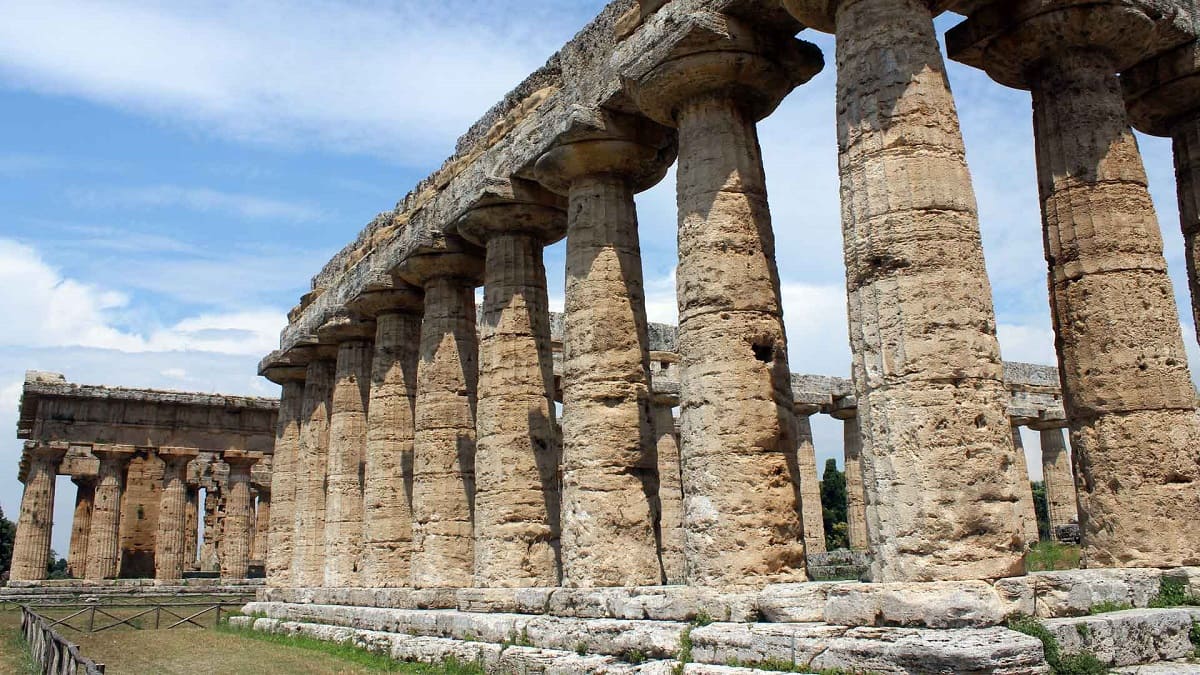

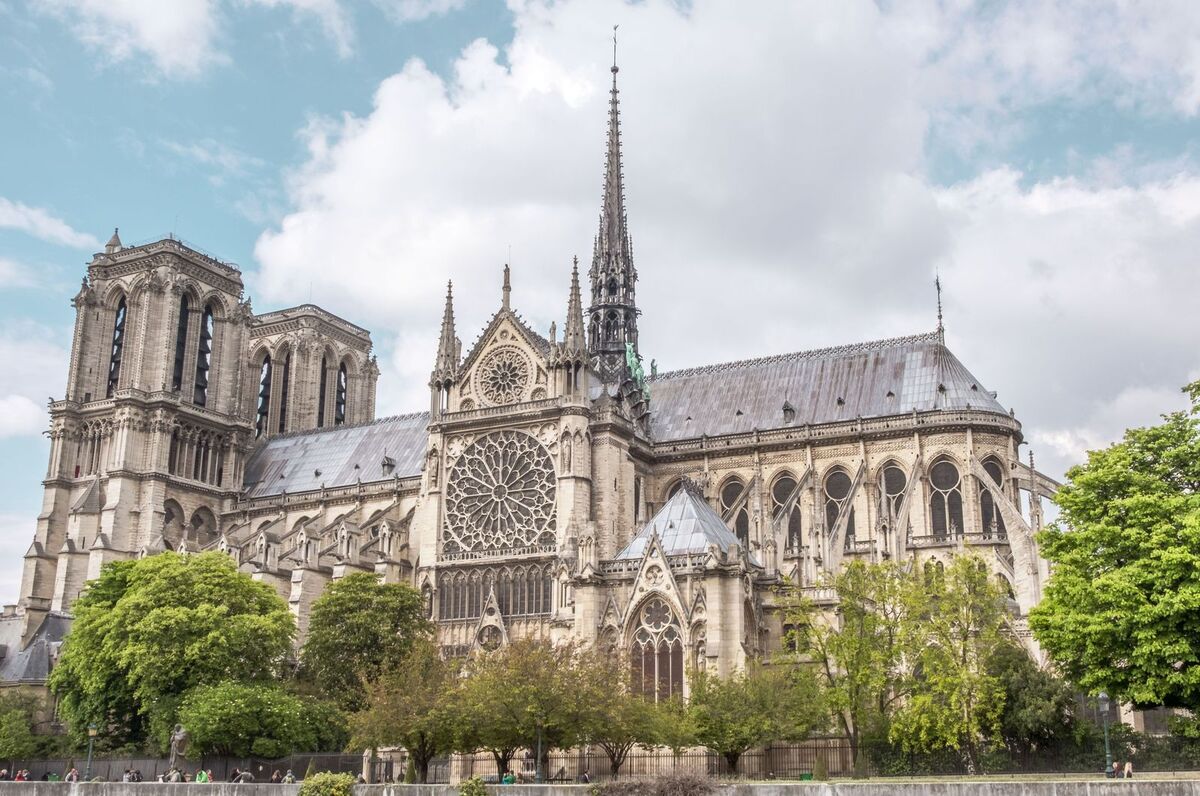
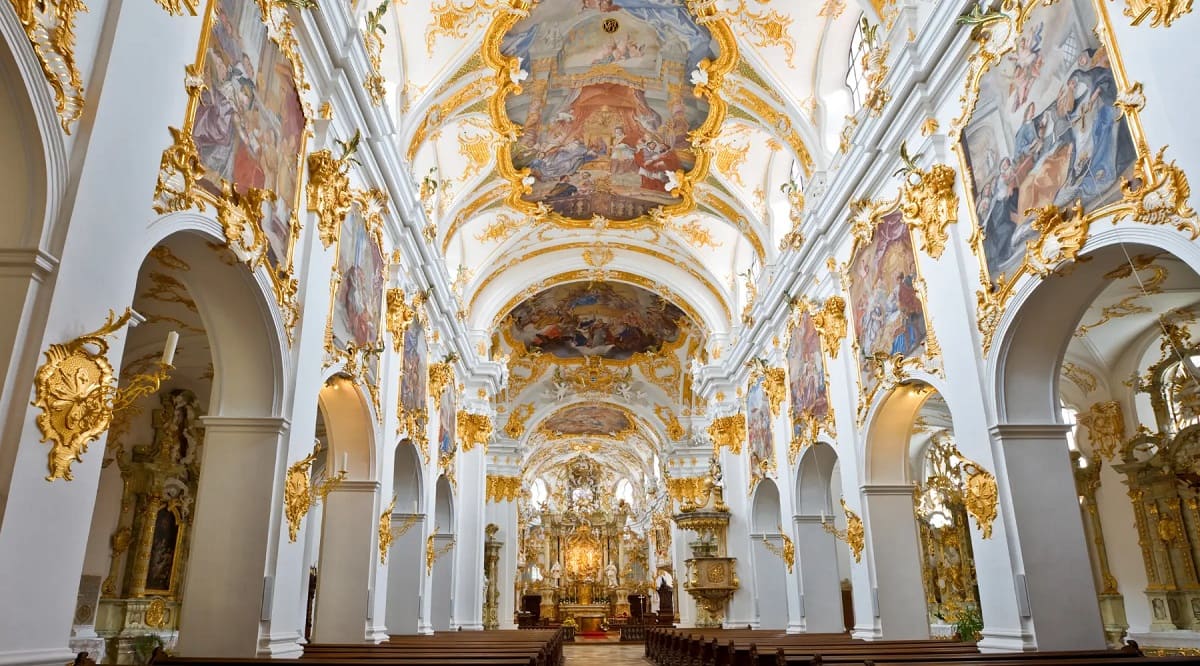

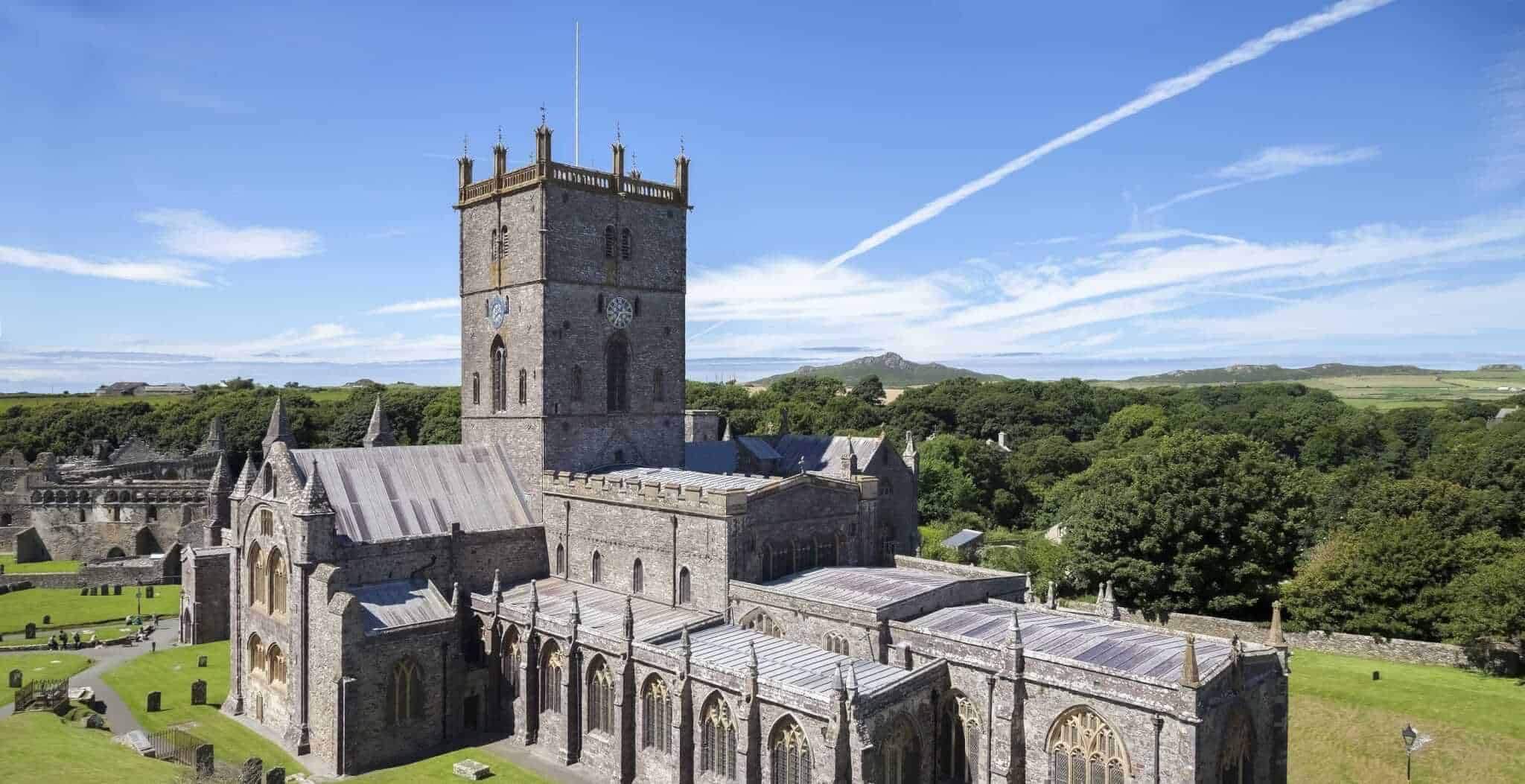

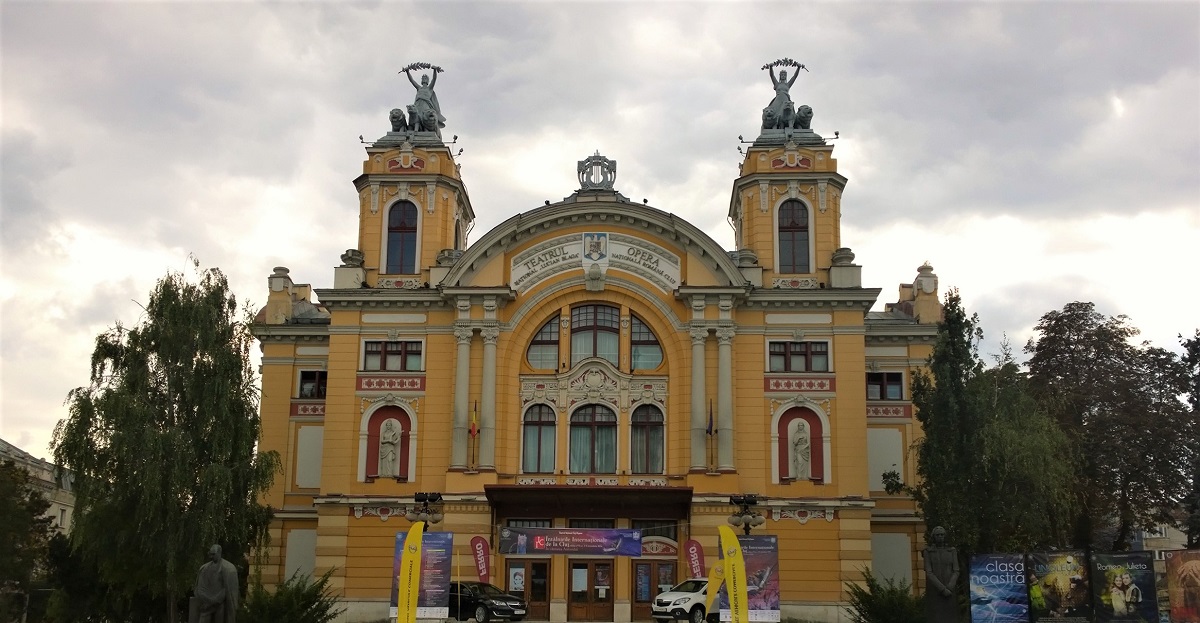




0 thoughts on “What Architectural Style Is The Cathedral Of Santiago De Compostela?”